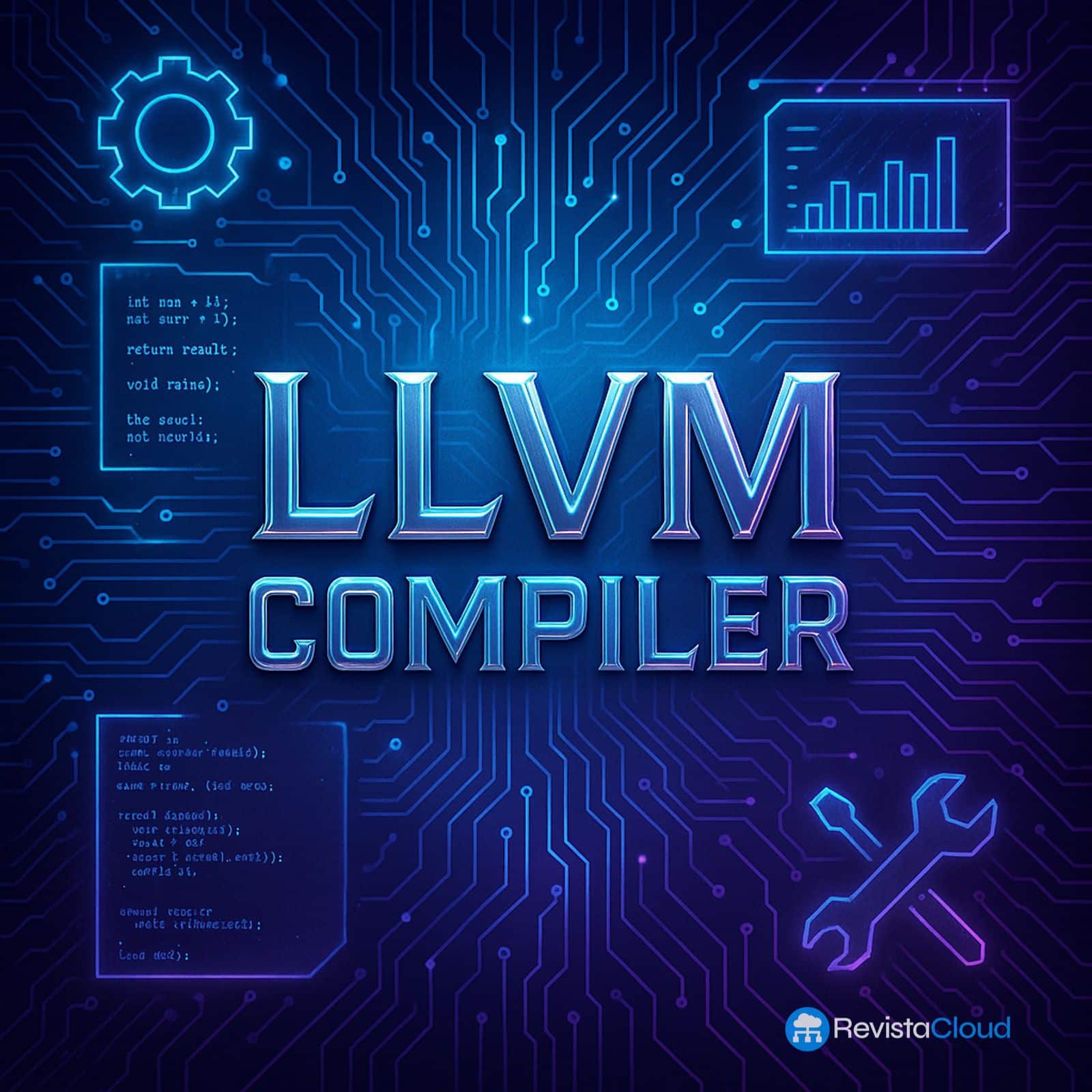The new release of the open-source compiler includes improvements in stability and performance, and anticipates features that will shape the future of cross-platform development.
The LLVM project, a global reference in compilation technologies, has officially launched version 20.1.2 of its infrastructure, maintaining its steady roadmap and reinforcing its role as an essential tool in the free and enterprise software ecosystem.
LLVM (Low-Level Virtual Machine) is much more than just a compiler. It is a modular development platform that allows the creation of everything from code optimizers to debuggers, linkers, standard libraries, and tools for parallel and high-performance programming. In the words of its developers, “it’s not just a compiler; it’s a tool ecosystem designed for the present and future of computing.”
A version that enhances stability
The 20.1.2 version, released on April 1st, is part of the 20.1.x series and arrives just a few weeks after the initial release, 20.1.0 (March 4). The new version introduces performance improvements and specific fixes identified in previous versions, consolidating a robust foundation for projects that depend on LLVM, such as Clang, LLDB, libc++, and MLIR, among others.
The project leaders have confirmed that development is proceeding as planned, with versions 20.1.3 and 20.1.4 already scheduled for April 15 and 29, respectively.
An essential infrastructure for global development
Originally created as an academic project at the University of Illinois, LLVM has become the core compilation framework for hundreds of tools and programming languages. Its modular design and intermediate representation (LLVM IR) make it especially versatile for high-performance projects in both academia and industry.
Among its most notable subprojects are:
- Clang: the C, C++, and Objective-C compiler, known for its speed and clarity in error messages.
- LLDB: a fast and efficient debugger, especially tailored for modern environments.
- MLIR: an emerging infrastructure for compiling heterogeneous software, with a significant impact on artificial intelligence development.
- BOLT: a post-link optimizer to enhance application performance based on real execution profiles.
- OpenMP and Polly: key tools for parallel programming and vectorization optimization.
- Compiler-RT: the basis for error detection tools like AddressSanitizer and ThreadSanitizer.
Compatible with modern and traditional languages
One of the factors explaining LLVM’s rise is its capacity for integration with numerous programming languages. From Rust, Swift, or Julia, to Python, Ruby, or even Fortran, LLVM’s infrastructure is present in both modern and traditional compilers, delivering performance, portability, and accuracy in all cases.
It is also commonly used in Just-In-Time (JIT) compilation contexts, as seen with Lua, and in tools for static analysis or deep debugging.
A global community and open licensing
LLVM is distributed under the Apache 2.0 license with project-specific exceptions, which has facilitated its adoption across sectors such as education, enterprise, and government. Additionally, it boasts a very active community, with annual gatherings such as EuroLLVM (April 14-16, 2025) or AsiaLLVM (June), and forums like LLVM Discourse, mailing lists, and channels on Discord and IRC.
The community also maintains extensive technical documentation, tutorials, and tools like Scan-build, llvm-cov, or Green Dragon, focused on code quality and continuous performance improvement.
Recognized benchmark
LLVM has received multiple awards throughout its history, including the prestigious ACM Software System Award, and is used by tech giants and research centers worldwide.
More information:
The arrival of LLVM 20.1.2 marks a new step in the journey of an infrastructure that, far from aging, continues to innovate on all fronts. From cross-compilation to dynamic optimization, LLVM continues to set the standards for what it means to build quality software in the 21st century.
Source: Internet Útil

